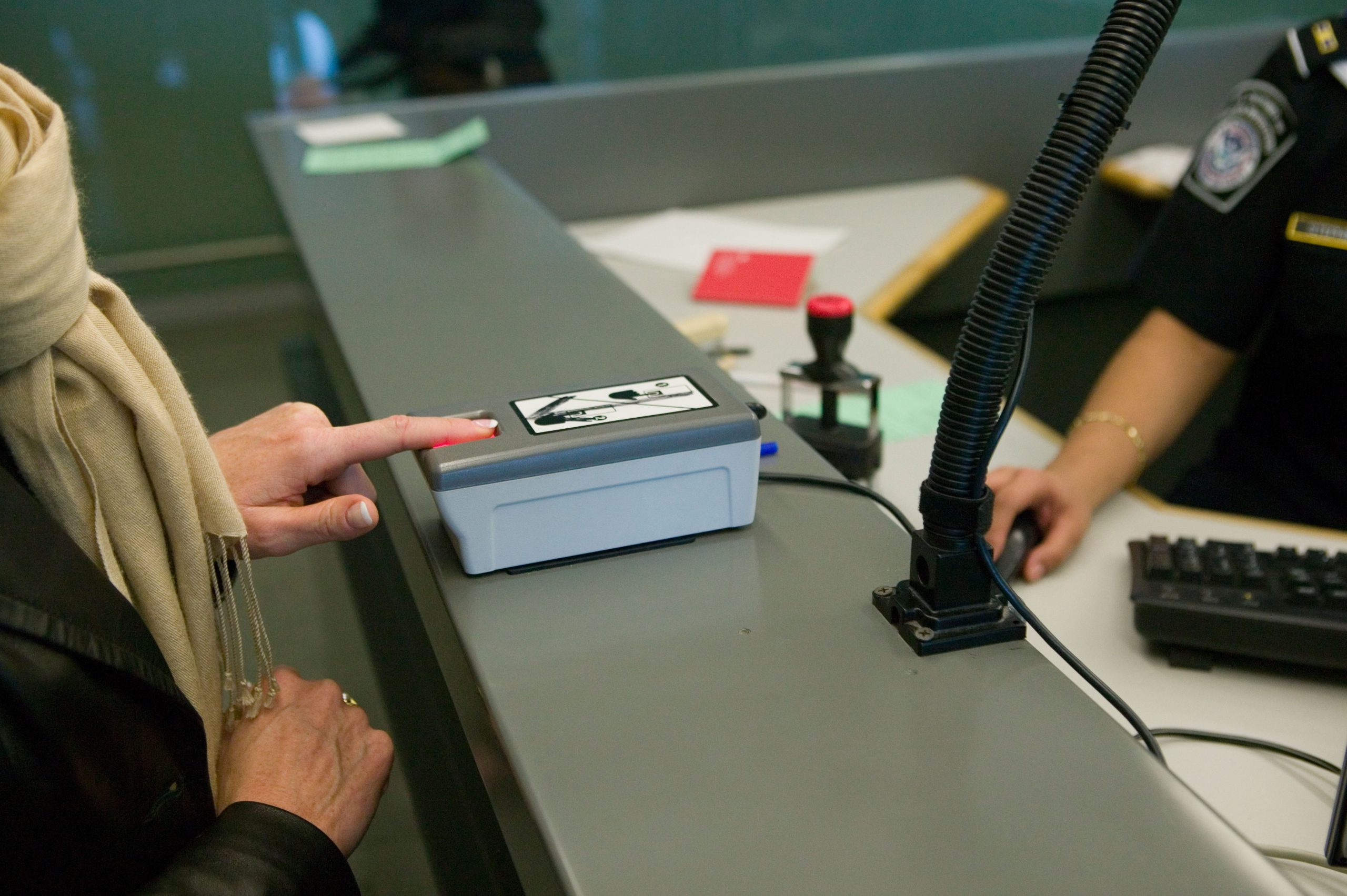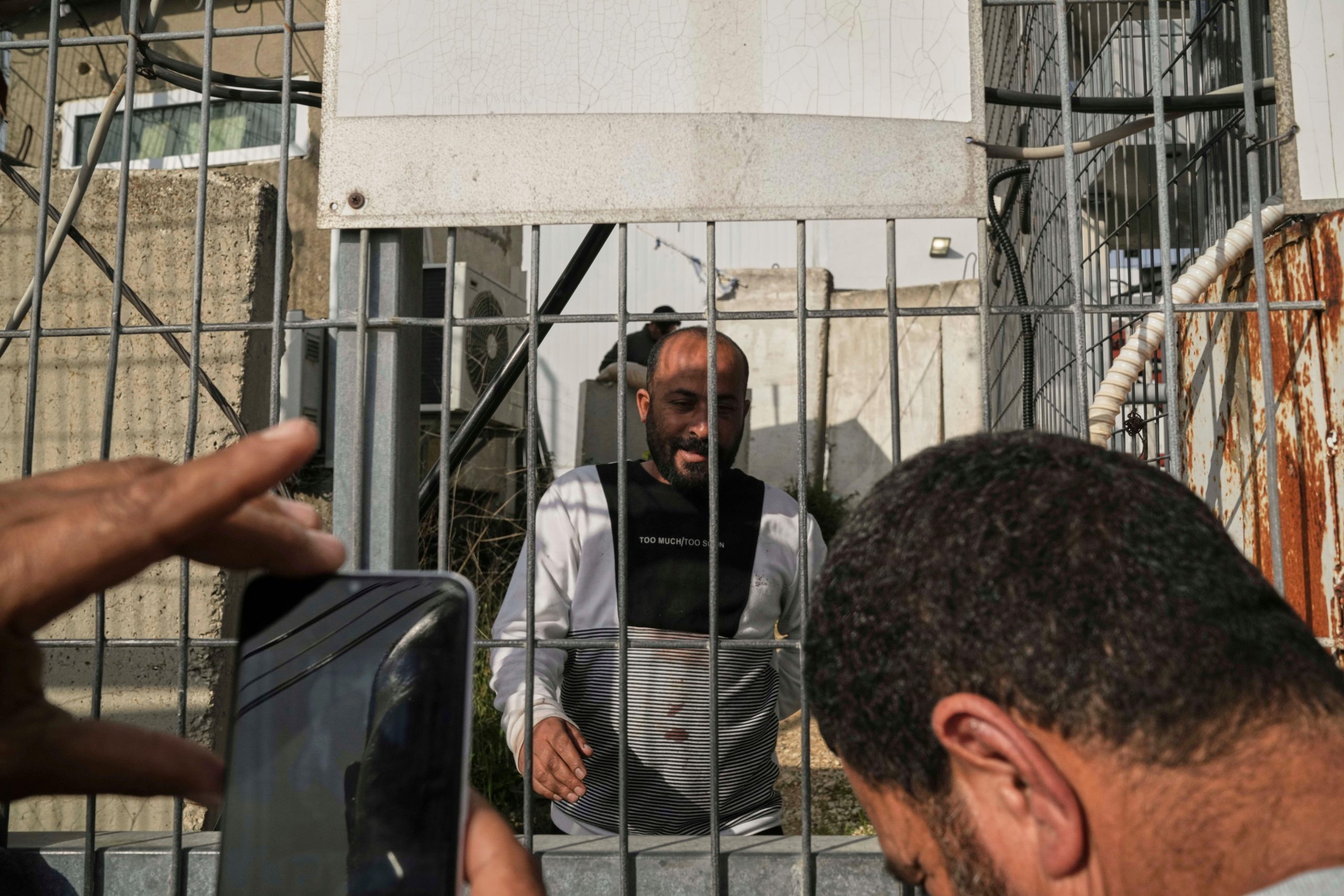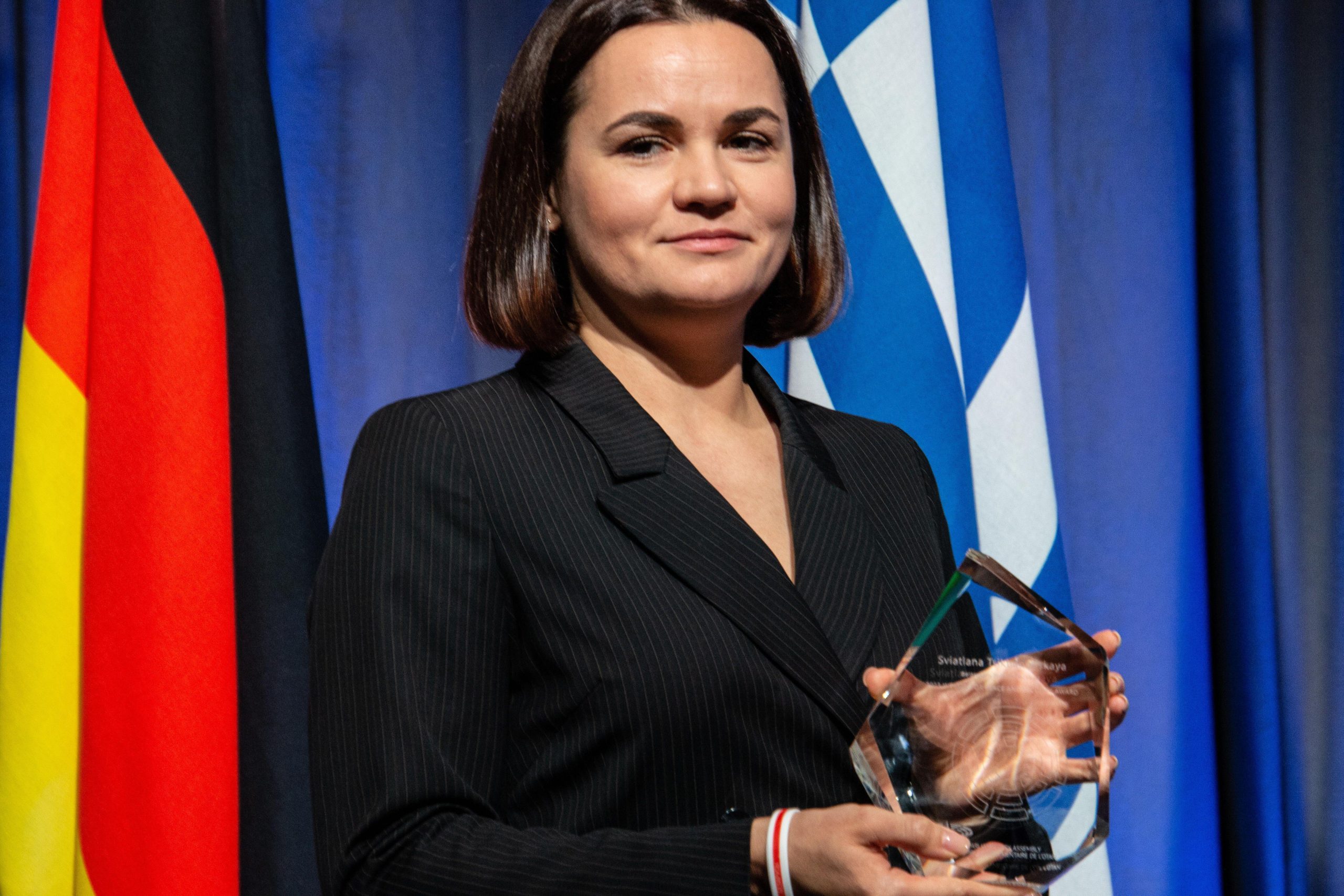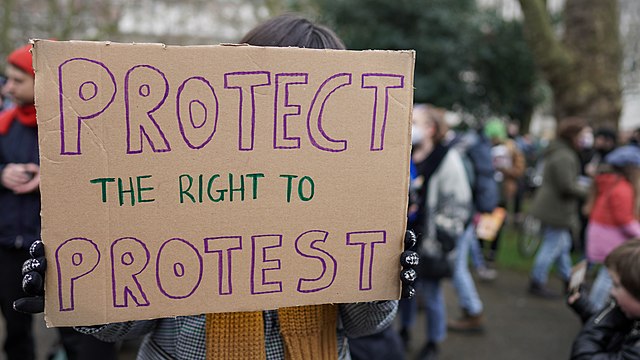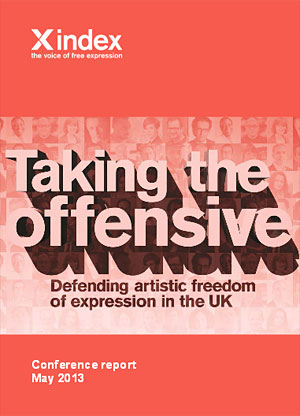
Read the full conference report here or download in PDF
Widespread self-censorship and fear of causing offence is suppressing creativity and ideas in the United Kingdom, according to a conference report published by Index on Censorship.
The findings are based on the January 2013 conference ‘Taking the Offensive – defending artistic freedom of expression in the UK’ — the first national debate about the social, political and legal challenges to artistic freedom of expression.
The conference was hosted by Jude Kelly, OBE, artistic director of Southbank Centre. The keynote speech was delivered by Nicholas Serota, director of Tate. It brought together arts leaders with senior police, lawyers, media and internet executives, religious commentators and arts funders to explore challenges to artists and the growth of self-censorship in contemporary culture.
There are multiple pressures on artistic freedom of expression and censorship has become a major issue for the arts sector in this country, the report reveals. Among the key findings:
- • Widespread self-censorship at an institutional level is suppressing creativity and ideas, with some artists from black and ethnic communities experiencing additional obstacles
- • Worries about public and media ‘outrage’ or the loss of funding if they cause offence are causing many cultural institutions to be overly cautious in their choice of work at commission and production stages
- • The fear of police intervention or legal action is fuelled by a lack of information about the legal framework around freedom of expression
Some of the pressures on artistic free expression in the UK can be explained by a climate of caution and security consciousness. A preoccupation with risk assessment in arts organisations and public institutions, including the police, can lead to a prevalence of uncontentious, safe programming that limits both the range of voices and the space for artistic expression.
Throughout the day-long conference, there was a recurring call for programmers and producers to reclaim controversy; to embrace the disagreement and discord that is inherent to art work that engages with socially sensitive subjects. Many participants stressed the importance of art that explores challenging questions and the contribution that debate, generated by artwork, makes to democracy. Greater transparency about decision making, greater co-operation between organisations and more open debate with the public were seen as key components to any strategy to reinforce support for freedom of expression.
The full conference report is available in PDF or online here
Conference Report Contents Summary | Introduction | What is artistic freedom of expression? | What are the limits to freedom of expression? | Institutional self-censorship | Reinforcing support for artistic freedom of expression | Conclusion | Appendix I: Audience Feedback and Statistics | Appendix II: Conference Programme | Appendix III: Cases of Censored Artwork | Artist Videos | Full report in PDF

